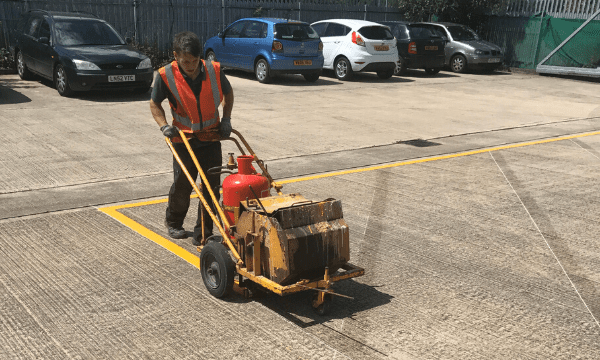Car Park Safety: A Shared Responsibility
Car parks are often overlooked when it comes to safety, but they can be dangerous places. From pedestrians getting injured to vehicles being damaged, the risks are real. That’s why it’s important for both car park owners and those who manage them to work together to create a safe environment.
Common Car Park Hazards
Car parks are full of potential dangers. Let’s take a look at some common issues:
- Congestion and overcrowding: Too many cars in a small space can lead to accidents and make it hard for people to walk around safely.
- Poor design: Confusing layouts, unclear markings, and a lack of pedestrian paths can increase the risk of accidents.
- Inconsiderate parking: Drivers who don’t park properly can block walkways and create blind spots.
- Unsafe pedestrian areas: Poor lighting, uneven surfaces, and a lack of clear paths can be dangerous for people on foot. Car parks can also be targets for crime, with both vehicles and people at risk.
Creating a Safer Car Park
Good car park design is essential for safety. Here are some key elements:
- Clear layout: Use clear markings to guide drivers and pedestrians.
- Good visibility: Ensure there are no blind spots and plenty of light.
- Safe pedestrian areas: Provide well-lit, clearly marked walkways.
- Physical barriers: Use barriers to separate vehicles from pedestrians.
- One-way systems: Consider implementing one-way traffic to reduce accidents.

It’s also important to encourage responsible driver behaviour. Setting speed limits, providing clear signage, and allocating parking spaces can help.
Safety for Car Park Staff
Car park staff, such as parking attendants, face unique risks. Employers have a legal duty to carry out risk assessments to protect them from dangers like:
- Lone working: Car park attendants may be required to work alone, especially during evenings or weekends. This can make them vulnerable to assault or robbery. Employers can mitigate this risk by providing staff with personal alarms, ensuring they check in regularly, and varying patrol routes to avoid predictability.
- Vehicle collisions: Car park attendants are constantly at risk of being struck by moving vehicles. Employers should provide high-visibility clothing and ensure staff are aware of safe walking routes and the importance of maintaining awareness of their surroundings at all times. Regular training can help staff identify and avoid dangerous situations.
- Cash handling: Car park attendants who collect cash payments may be targeted by robbers. Employers should consider alternative payment methods, such as contactless options, and ensure there are secure procedures for handling cash. Cash collection points should be well-lit and monitored by CCTV cameras. Cash should be deposited regularly and staff should not carry excessive amounts of cash at any one time.
Regular inspections are vital for identifying and fixing potential hazards. Look out for:
- Worn markings and signs
- Damaged barriers
- Overcrowding
- Poor lighting
By following these guidelines and working together, we can make car parks safer for everyone.
Need help with your car park markings? As line marking specialists , we can help improve safety and visibility in your car park. Get in touch today!

